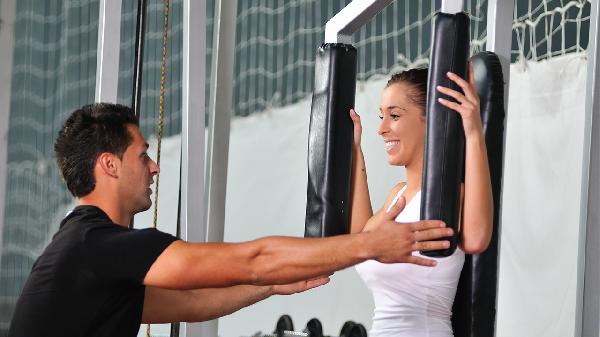If you’re wondering how long it takes to start losing muscle when you stop working out, the short answer is: it depends. Generally, you might notice a decline in muscle mass and strength after about two to three weeks of inactivity. But don’t freak out just yet—your body doesn’t immediately turn into a marshmallow. The rate at which you lose muscle depends on factors like your fitness level, age, and how long you’ve been training. Let’s break it all down so you can understand what’s really going on when you hit pause on your workouts.

Muscle atrophy, or the loss of muscle tissue, happens when your muscles aren’t being used as much as they’re used to. Your body is incredibly efficient, and if it senses you’re not putting your muscles to work, it starts to break them down to conserve energy. This process is called muscle protein breakdown. On the flip side, muscle protein synthesis is the process of building muscle, which happens when you’re actively training and eating enough protein. When you stop working out, the balance tips toward breakdown, and that’s when you start losing muscle.
For most people, noticeable muscle loss can begin as early as two to three weeks after stopping regular exercise. However, this timeline isn’t set in stone. If you’re a seasoned athlete or someone who’s been training consistently for years, you might have a bit more leeway—your body tends to hold onto muscle longer because it’s adapted to the demands of exercise. On the other hand, if you’re relatively new to working out, you might notice changes sooner. Age also plays a role; as you get older, muscle loss can happen more quickly due to natural declines in hormones like testosterone and growth hormone.
Strength tends to stick around a bit longer than muscle size. Even if you’re not lifting weights, your nervous system retains some of the adaptations it made during your training. This means you might still be able to lift heavy-ish weights for a while, even if your muscles look a little smaller. However, after about four to six weeks of inactivity, you’ll likely start to notice a drop in strength. This is because your body starts to lose the neuromuscular efficiency it gained from regular training.
Absolutely. While you can’t completely prevent muscle loss if you’re not working out, there are ways to slow it down. One of the best strategies is to stay active, even if it’s not your usual intense workout routine. Light resistance training, bodyweight exercises, or even just staying active with daily movement can help maintain muscle mass. Nutrition also plays a huge role—make sure you’re eating enough protein to support muscle maintenance. Aim for around 0.8 to 1 gram of protein per pound of body weight, depending on your activity level and goals.
If you’re a cardio junkie, you might be wondering how stopping affects your endurance. Unfortunately, cardiovascular fitness declines faster than muscle strength. Studies show that VO2 max, a measure of aerobic fitness, can drop by as much as 10% in just two weeks of inactivity. After a month, that number can climb to 15-20%. The good news? It’s easier to regain cardio fitness than it is to build it from scratch, so you’ll bounce back faster than you think.
If you’ve taken a break from working out and are ready to get back into it, don’t rush into your old routine. Start slow to avoid injury and give your body time to readjust. Focus on compound movements like squats, deadlifts, and bench presses to rebuild strength efficiently. Gradually increase the intensity and volume of your workouts over a few weeks. And remember, consistency is key—even if you’re not hitting PRs right away, showing up regularly will get you back on track.
Let’s not forget the mental aspect of taking time off from working out. For some people, it can feel like a setback, but it’s important to remember that rest and recovery are part of the process. Overtraining can lead to burnout and injury, so taking a break might actually be beneficial in the long run. Use the time to focus on other aspects of your health, like sleep, stress management, and nutrition. When you’re ready to get back to it, you’ll likely feel refreshed and motivated.
So, how long until you start losing muscle? While the timeline varies, the key takeaway is that muscle loss isn’t immediate, and it’s not irreversible. With a little effort, you can minimize the impact and get back to your fitness goals in no time. Whether you’re taking a planned break or life just got in the way, remember that your body is resilient—and so are you.
























